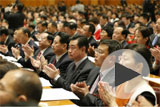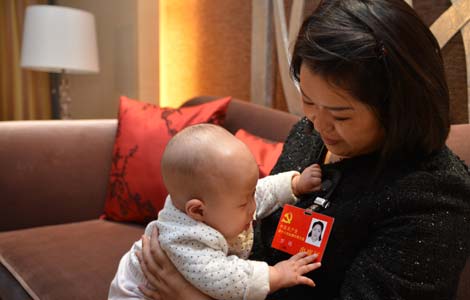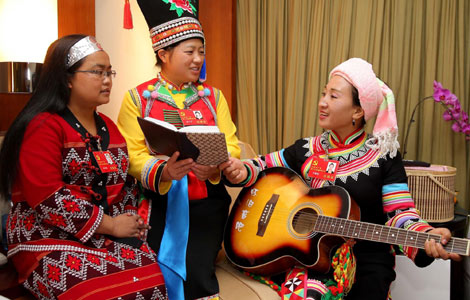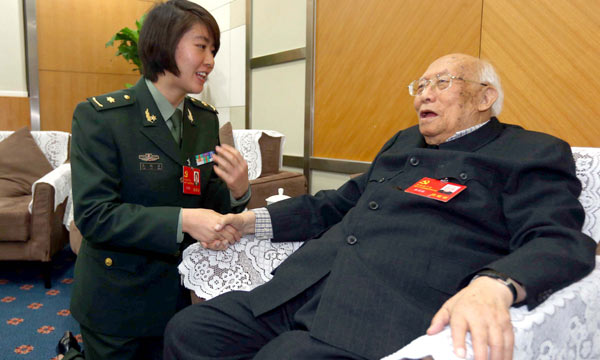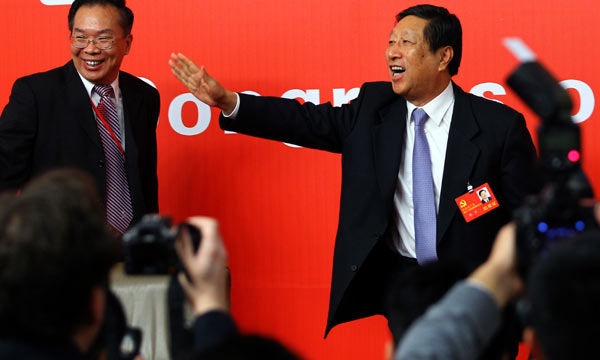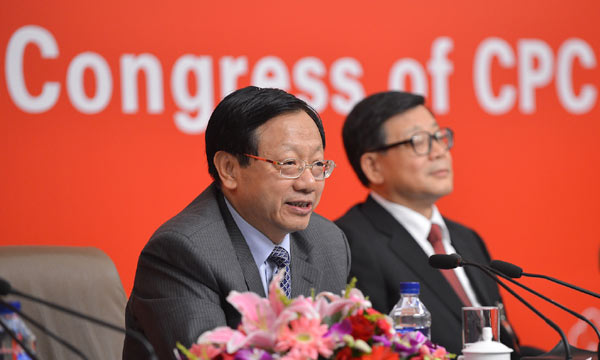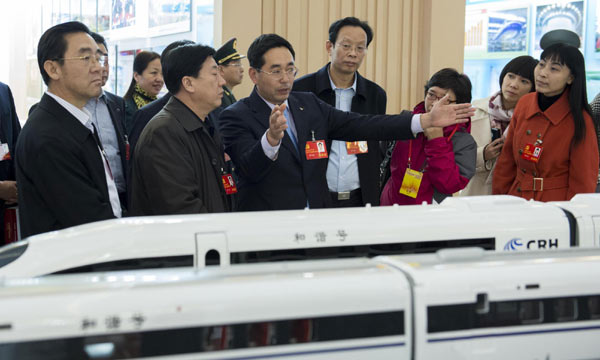Brief History of the Communist Party of China
(china.org.cn)
Updated: 2010-09-07 16:58
Striving for Nationwide Victory of the Democratic Revolution (August 1945-September 1949)
After the victory of the anti-Japanese war, with the fundamental interest and demands of the people in mind, the Communist Party of China struggled for the establishment of an independent, democratic, prosperous and powerful New China. It advanced the principle of "peace, democracy and unity" and tried to realize the social and political reform in China in a peaceful way.
In June 1946, with the support of and aid from the U.S. Government, the ruling clique of the Kuomintang outrageously launched an all-out civil war. Under the leadership of the Party, the People's Liberation Army (PLA), in a war of self-defense, defeated the military attacks of the Kuomintang forces and eventually switched from the defensive to strategic offensive. In the meantime, anti-feudal land reform was carried out in Liberated Areas, bringing the broad masses of peasants into active support of the PLA troops on the front lines. In the Kuomintang-controlled areas, the people's movement, spearheaded by the student movement, was set off and became a second front in cooperation with the people's liberation war. Due to the failure of the "middle path", the people's democratic united front was further consolidated and expanded, laying the foundation for the multi-party cooperation led by the Communist Party. The Kuomintang government fell under a siege laid by the whole people.
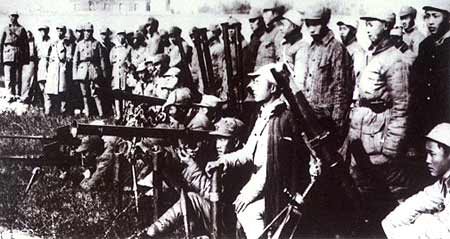
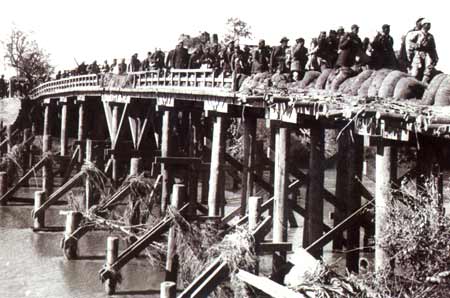
The Party then led the PLA troops in three major military campaigns -- the Liaoxi-Shenyang, Huaihai and Beiping-Tianjin campaigns. This wiped out the main military force of the Kuomintang, forces that had helper to maintain the reactionary rule of KMT. As the war progressed, the Second Plenary Session of the Seventh CPC Central Committee was held to make political and ideological preparations for a nationwide victory and the establishment of New China. Then, after the People's Liberated Nanjing, the fall of the reactionary rule of the Kuomintang was declared.
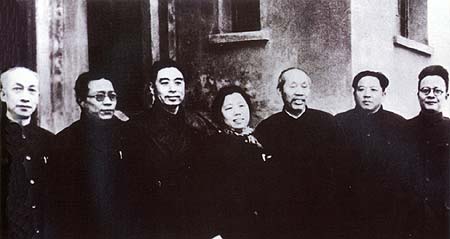
The anti-imperialist, anti-feudal new democratic revolution led by the Communist Party of China thus achieved a great victory. The Chinese people finally stood up. A new era of Chinese history began.
Video
